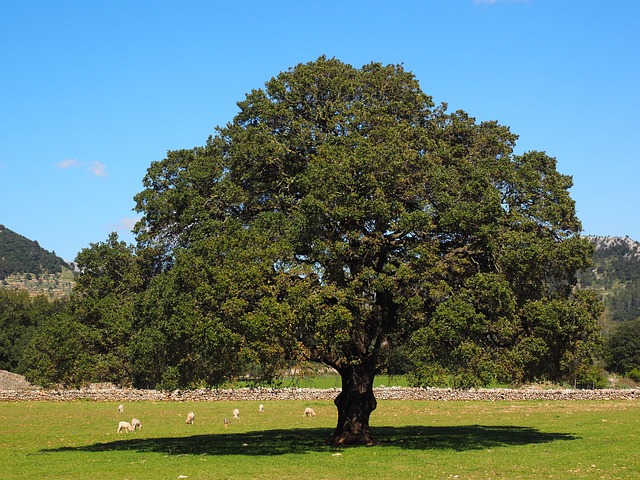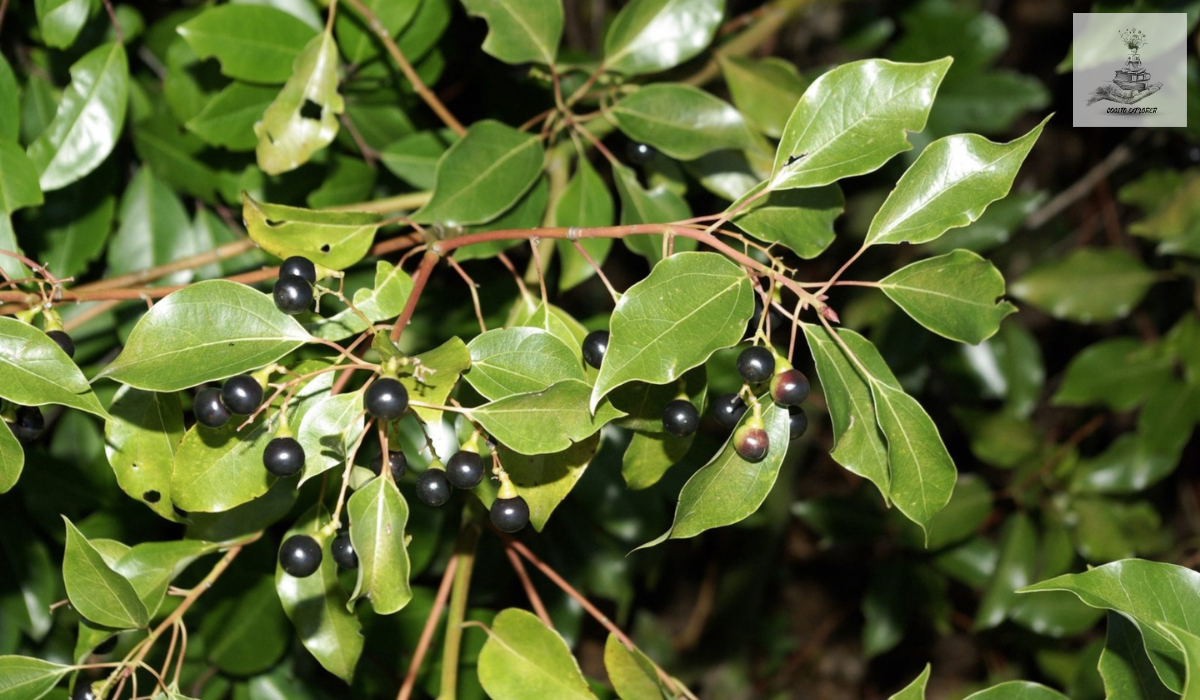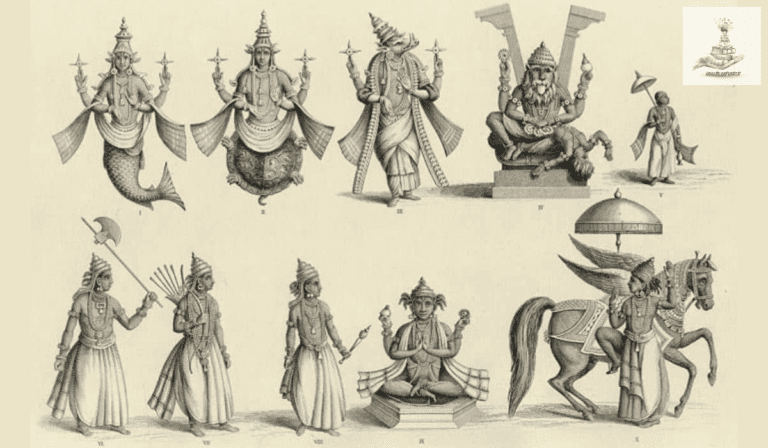Camphor Tree: Lifespan, Leaf, Berries, Climatic Zones & Cultural Significance
The Camphor Tree, with its billowing clouds of lime-green cotton candy-like blooms, stands as a botanical marvel during the spring months, particularly in regions with a Mediterranean climate. This majestic tree, native to tropical climates in China, Taiwan, and Japan, captivates with its profusion of small, fragrant flowers and glossy green foliage that provides cool, welcoming shade in the heat of summer. Its ovate leaves, when crushed, release the distinct aroma of camphor, a scent derived from volatile compounds present throughout the tree.

Beyond its ornamental appeal, the Tree boasts a rich history of utility dating back centuries, utilized for medicinal purposes, culinary spice, incense, insect repellent, and even as a component in gunpowder and woodworking. Notably, its bark, which evolves from smooth and green in youth to deeply furrowed with age, adds to its aesthetic allure. Adapted to thrive in various soils and climates, this slow-growing tree can reach heights of 30–50 feet, offering a low-maintenance option for shade, screening, and wildlife attraction.
In Santa Barbara, California, where these trees grace streets and districts, their presence underscores a commitment to tree preservation and beautification, supported by organizations like Santa Barbara Beautiful. As a testament to its enduring legacy, these trees, some over a century old, continue to enrich urban landscapes, embodying a harmonious blend of nature, history, and community stewardship.
Camphor Tree Lifespan and Growth Rate
The camphor trees lifespan can be impressive, particularly in its native habitats of China, Taiwan, and Japan, where some specimens have been known to live for over 1,000 years. In more temperate climates like Santa Barbara, California, where the tree thrives, its lifespan may be slightly shorter but still significant. The camphor tree growth rate is relatively slow compared to other species, with mature trees reaching heights of 30–50 feet over several decades.
Black Gum vs Camphor Tree
Often, the Camphor Tree is compared with the Black Gum (Nyssa sylvatica), another tree known for its ornamental qualities and autumn foliage. While both trees offer shade and aesthetic appeal, they differ in several aspects. The Camphor Tree, with its glossy green leaves and fragrant blooms, contrasts with the Black Gum’s smaller, darker leaves and inconspicuous flowers. Additionally, the Tree bark evolves into deeply furrowed patterns as it ages, creating a striking visual feature not typically found in Black Gum trees.
Camphor Tree Leaf
Camphor Tree leaves are ovate, arranged alternately on the twigs, and possess distinct yellow veins. When crushed, they emit a strong scent of camphor, a characteristic feature of the tree. Newly emerging leaves may display bronze to pink hues before maturing into a vibrant lime-green color. These leaves, with their leathery texture, contribute to the tree’s resilience and adaptability to various climates.
Camphor Tree Berries and Reproduction
One common inquiry about Trees pertains to the presence of berries. While the tree does produce fruit, they are small, round drupes that ripen to a dark blue to black color. Birds are particularly fond of these fruits and aid in seed dispersal, contributing to the tree’s reproduction cycle.
Camphor Tree Climatic Zones
The Camphor Tree is native to tropical climates but demonstrates remarkable adaptability to a wide range of environmental conditions. It thrives in Mediterranean climates like Santa Barbara, where it can tolerate periods of drought and moderate frost once mature. Its ability to withstand varying soil types and climatic zones makes it a versatile choice for landscaping and urban greening initiatives.
Camphor Tree Varieties
While the Cinnamomum Camphora species reigns supreme, several other related species contribute to the rich tapestry of camphoraceous flora. The Camphor Laurel tree (Cinnamomum camphora var. camphora) and exemplifies the diversity within the Camphor genus, each offering unique botanical characteristics and ornamental value.
Camphor Trees in Florida
In the balmy climes of camphor tree florida, adorn parks, gardens, and urban landscapes, imparting a touch of tranquility and greenery to the surroundings. With its ability to thrive in subtropical conditions, has become a staple in Floridian horticulture, admired for its lush foliage and aromatic allure. In addition to its ornamental appeal, these serve as a haven for local wildlife, providing shelter and sustenance for birds and insects.
The Camphor Tree in California
California’s diverse landscape provides an ideal habitat for the majestic Camphor tree to flourish. From the sun-drenched valleys to the misty coastal regions, california camphor tree terrain with its verdant presence, symbolizing resilience and vitality. Despite facing challenges such as drought and urbanization, these hardy trees stand tall, their sturdy branches offering shade and solace to weary travelers and wildlife alike.
Camphor Tree Leaves and Berries
The allure of the tree extends beyond its verdant foliage, encompassing its aromatic leaves and berries. When crushed, the leaves release essential oils rich in camphor, imparting a refreshing scent that invigorates the senses and soothes the soul. Likewise, the camphor tree berries of the tree, though small in size, contain potent aromatic compounds that have been prized for their therapeutic properties for centuries.

Environmental and Cultural Significance
Beyond their ornamental and olfactory appeal, Camphor trees hold significant cultural and environmental importance. In traditional Chinese medicine, camphor has been used for its medicinal properties, ranging from pain relief to respiratory ailments. Moreover, the timber of Camphor trees is prized for its durability and aromatic qualities, often utilized in furniture-making and woodworking.
On an environmental level, Camphor trees play a vital role in ecosystem health, acting as carbon sinks and biodiversity hotspots. Their dense foliage provides habitat and sustenance for a myriad of wildlife species, contributing to the overall ecological balance and resilience of natural ecosystems.
Also Read:Buddhism: The Moral Extremes & Ethical Regorism
Conclusion
The Camphor tree stands as a testament to nature’s beauty and resilience, enchanting observers with its aromatic foliage, majestic stature, and cultural significance. Whether gracing the landscapes of camphor tree Florida, Camphor Tree in California, or beyond, these arboreal wonders continue to inspire awe and admiration, reminding us of the enduring bond between humanity and the natural world. As stewards of the environment, let us celebrate and preserve the magnificence of these trees for generations to come, ensuring that their legacy endures for centuries to come.
Frequently Asked Questions (FAQs)
What is a Camphor tree?
Scientifically known as Cinnamomum Camphora, is an evergreen tree native to East Asia but cultivated in various regions worldwide. It is renowned for its aromatic foliage and versatile applications in traditional medicine and woodworking.
Where can Camphor trees be found?
These are native to regions such as China [camphor tree chinese name is “樟树” (Zhāng shù)], Japan, and Taiwan. However, they are also cultivated in subtropical and Mediterranean climates globally, including the United States, particularly in states like camphor tree florida and California.
Do All Camphor Trees Leaf?
Yes, all Trees have leaves. The leaves of the Tree are ovate, arranged alternately on the twigs, and typically possess distinct yellow veins.
What are the distinctive features of Camphor trees?
Camphor trees are characterized by glossy, elliptical-shaped leaves that emit a distinctive camphoraceous scent when crushed. They are evergreen and can reach towering heights, depending on the species and environmental conditions.
Do Camphor Trees Have Berries?
Yes, they produce berries. The fruit of the Tree is a small, round drupe that ripens to a dark blue to black color. These berries are attractive to birds and contribute to seed dispersal.
What are the uses of tree leaves and berries?
The leaves of Camphor trees contain essential oils rich in camphor, which have been utilized for their aromatic and medicinal properties for centuries. The camphor tree berries also contain aromatic compounds and are prized for their therapeutic benefits.
What is the cultural and environmental significance of Camphor trees?
Camphor trees hold cultural significance in traditional medicine, woodworking, and cultural practices in regions where they are native. Additionally, they play a vital role in ecosystem health by providing habitat and sustenance for wildlife and acting as carbon sinks.
How can Camphor tree be preserved and celebrated?
These can be preserved through conservation efforts, sustainable management practices, and public education initiatives. Celebrating their beauty and cultural significance through art, literature, and horticultural events also helps raise awareness about their importance in our ecosystems.







